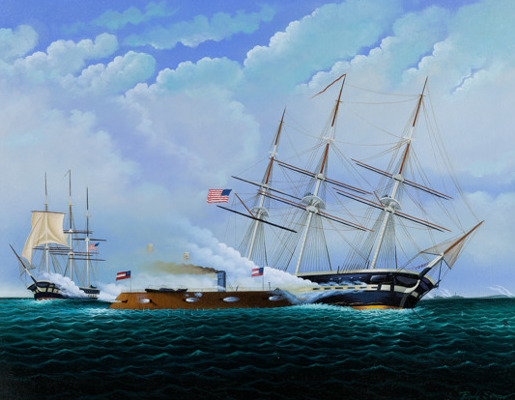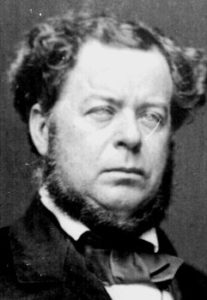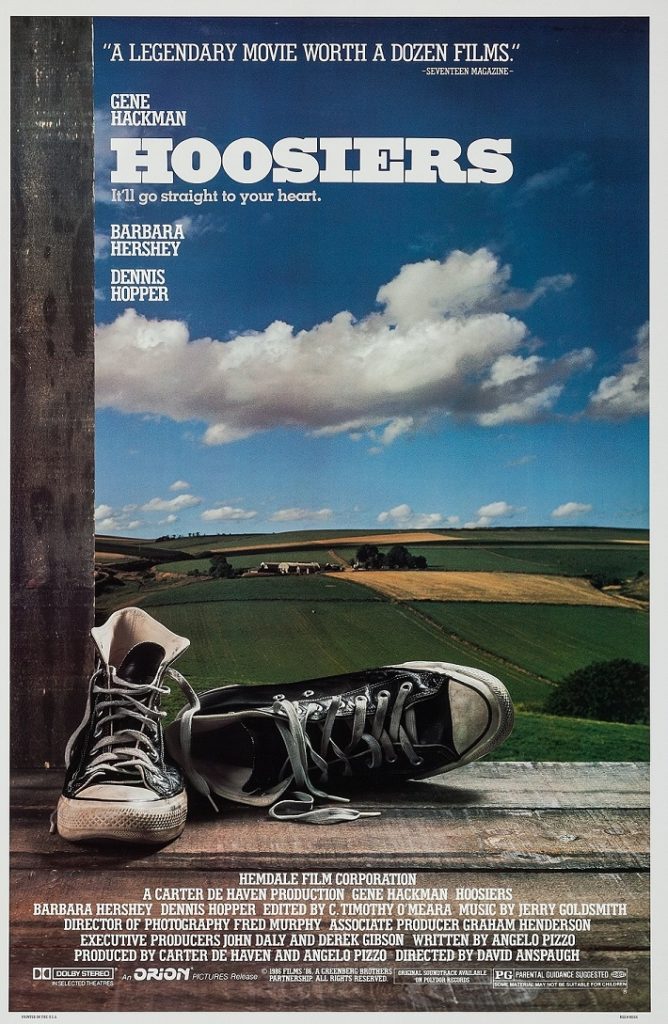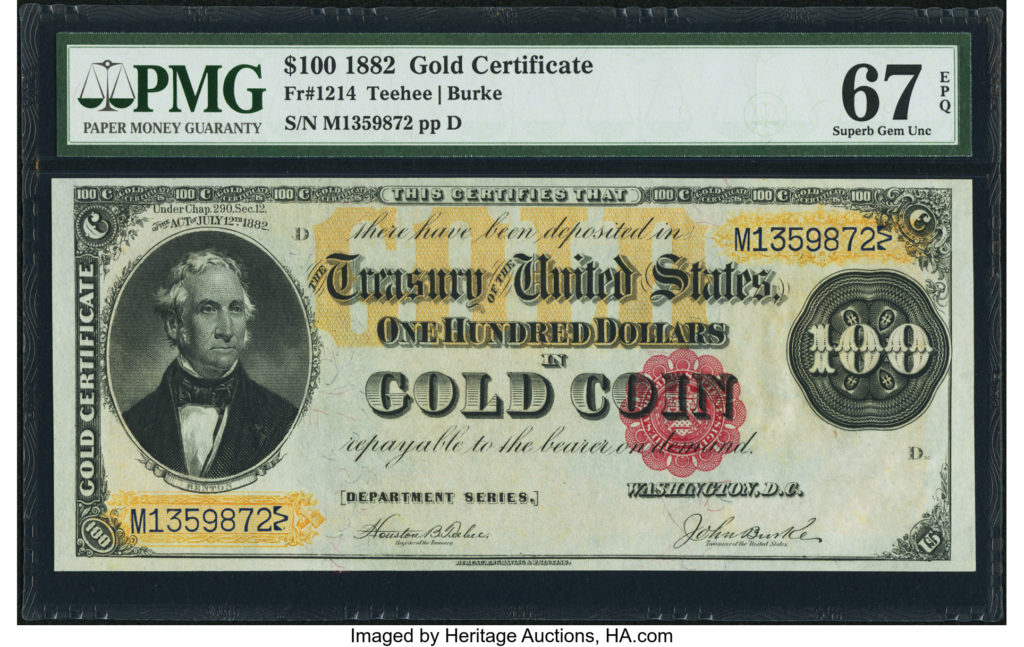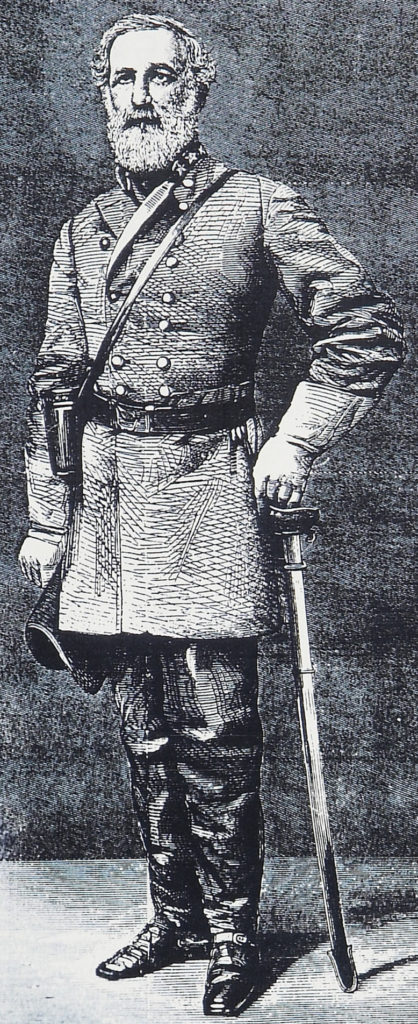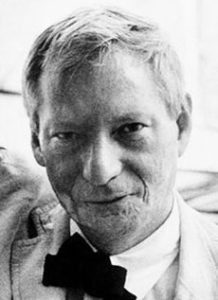
By Jim O’Neal
In 1913, after nearly 16 years in the political wilderness, Democrats eagerly seized control of Congress, with Thomas Woodrow Wilson as their leader. They were more than jubilant to once again have a Southern president, but to their disappointment, the president ordered that celebrations be kept to a minimum. He proceeded to deliver a brief inaugural address, canceled the inaugural ball, and stoically suffered the inaugural parade.
By promising “to cleanse, to reconsider, to restore” after many years of perceived misrule, he was committed to an agenda that historian John Morton Blum called “the politics of morality.” This would shape his presidency from its brilliant launch to its disappointing crash-landing.
Under the 1912 campaign slogan of “New Freedom” lurked the greatest wave of social legislation Americans would ever experience. Wilson, ever the political scientist, likened it to the use of Hamiltonian strong-central government to achieve Jeffersonian ideals of egalitarianism. What Wilson envisioned was the creation of a new federally regulated banking system, lower tariffs on imports, aggressive new policies to curtail business collusion, and imposition of an income tax made possible by the new 16th Amendment to the Constitution. He firmly believed the federal government needed to slow corporate wealth and aggressively help ordinary men and women – the backbone of the American system – and he wasted no time in getting started.
The day after his inauguration, he personally convened a special session of Congress, the first presidential appearance in the Capitol since the days of Thomas Jefferson. Thus began a historic assault on the tariff system because “it was a general tax on the entire population for the benefit of private industry.” This was followed by the Federal Reserve Act, Federal Trade Commission Act, Clayton Antitrust Act, and the Federal Farm Loan Act.
The other highly contentious issue would be an income tax, missing since it was dropped in 1872 after the Civil War. However, it was now viewed as an absolute necessity to plug the loss of tariff revenue ($100 million), grow the federal government, and redistribute the wealth of Americans in a way that would be more fair and equitable (i.e., the “surplus” income of rich Americans over and above the amount necessary for “good living”).
This culminated in the Revenue Act of 1913, which imposed a graduated income tax (collected by employers) and a reduction in tariffs from 40 percent to 25 percent. President Wilson signed it into law on Oct. 3, 1913. The reformers were now ready to start building on their accomplishments and the newly established teamwork between Congress and the White House.
Then on June 28, 1914, a shot rang out in Sarajevo and an archduke was dead.
Few wars have transformed belligerent countries as extensively as World War I. It overturned social, economic and cultural order in Europe, Russia and beyond. It also transformed the American economic system, as the cost to the U.S. was $50 billion and the federal budget grew from $742 million in 1916 to $14 billion in 1918. Before WWI, more than 90 percent of federal revenues came from excise taxes and tariffs. Now, the income tax played a central role in revenues and would continue to increase in importance for the next 100-plus years. Today, over 80 percent of federal revenues come from income taxes and associated payroll taxes … and inequality has grown much worse.
For some reason, the “tax the rich” approach never seems to quite cure society’s ills.
 Intelligent Collector blogger JIM O’NEAL is an avid collector and history buff. He is president and CEO of Frito-Lay International [retired] and earlier served as chair and CEO of PepsiCo Restaurants International [KFC Pizza Hut and Taco Bell].
Intelligent Collector blogger JIM O’NEAL is an avid collector and history buff. He is president and CEO of Frito-Lay International [retired] and earlier served as chair and CEO of PepsiCo Restaurants International [KFC Pizza Hut and Taco Bell].





